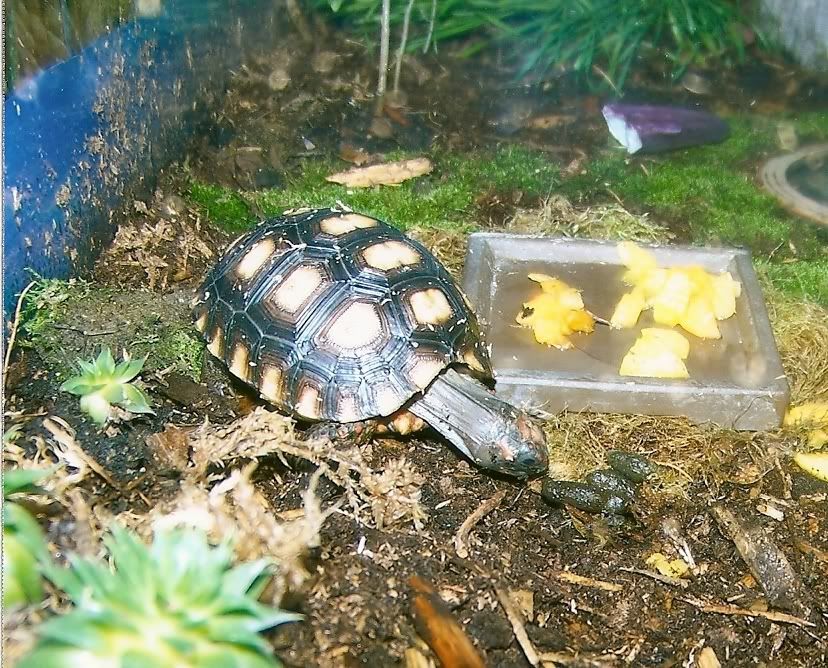- Joined
- Nov 11, 2010
- Messages
- 29
Hey guys it's Brandon again!
Tom Bombadil has been doing quite well! He has been eating all of his food. I feed him a pretty varied diet I would say that is :
Monday: vegetables (collard greens one week, and turnip greens the next)
Tuesday: either strawberries, kiwi, or pineapple
Wendesday: veggies
Thursday:fruits
Friday: veggies
Saturday: fruits
Sunday: mushrooms
Tom is almost 2.75 inches long. Is this a result of lack of variety? i do not calcium dust yet nor give protein. Should I start doing both or is this a result of something else?
Thank you for your time and responses
Tom Bombadil has been doing quite well! He has been eating all of his food. I feed him a pretty varied diet I would say that is :
Monday: vegetables (collard greens one week, and turnip greens the next)
Tuesday: either strawberries, kiwi, or pineapple
Wendesday: veggies
Thursday:fruits
Friday: veggies
Saturday: fruits
Sunday: mushrooms
Tom is almost 2.75 inches long. Is this a result of lack of variety? i do not calcium dust yet nor give protein. Should I start doing both or is this a result of something else?
Thank you for your time and responses
